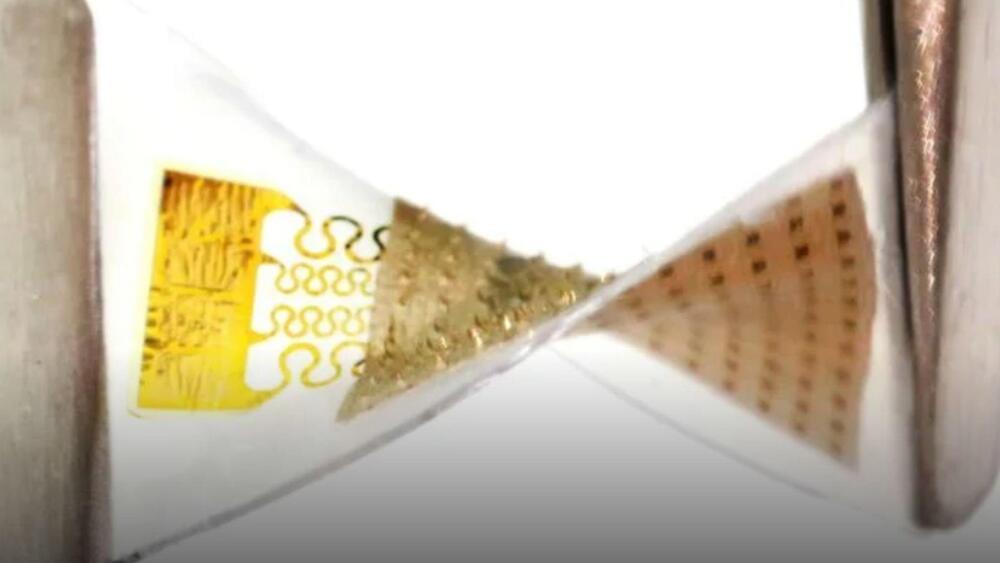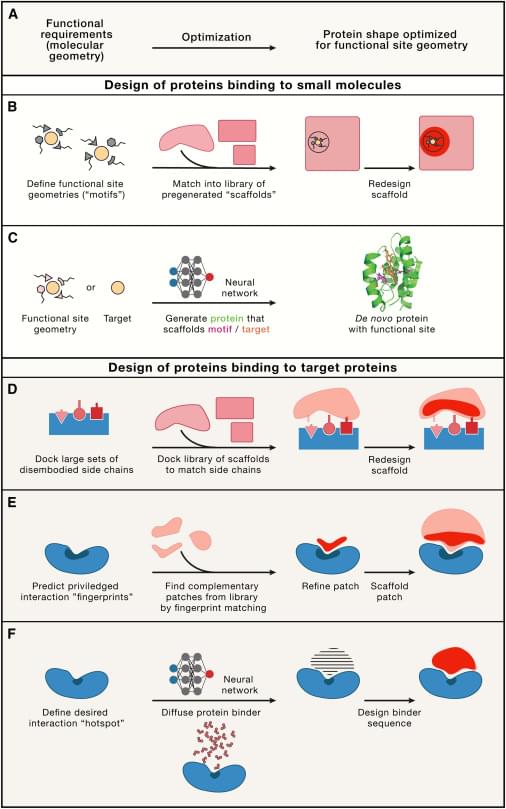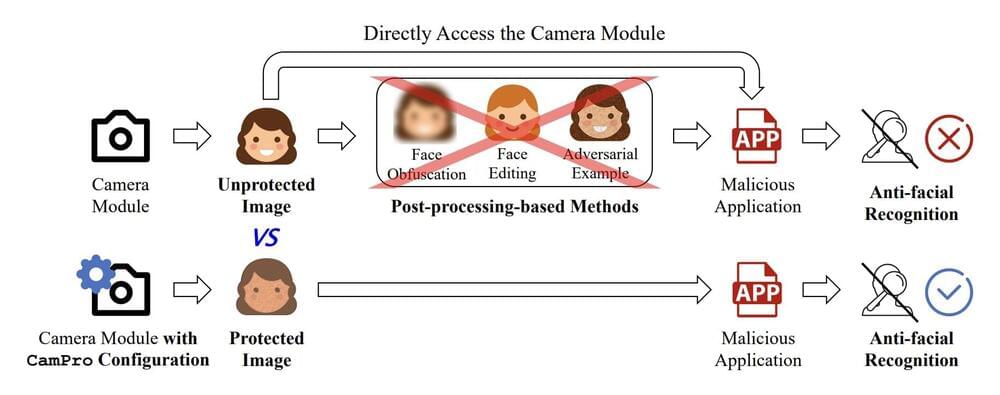NASA has set its sights on sending human crews back to the moon and establishing a permanent base on the lunar surface. The agency wants to return to the moon, build a lunar outpost, and eventually send humans to Mars. But these missions come with risks and challenges.
As humans venture deeper into space and explore other worlds, they face daunting challenges.
How will they survive the harsh and unpredictable environments they encounter? What if meteorites, radiation, or other hazards damage their habitats? Delegating routine tasks to machines could save them time and resources, but how will they make sure these machines are reliable? These are just some pressing questions that must be answered to travel safely and sustainably beyond Earth’s orbit.








